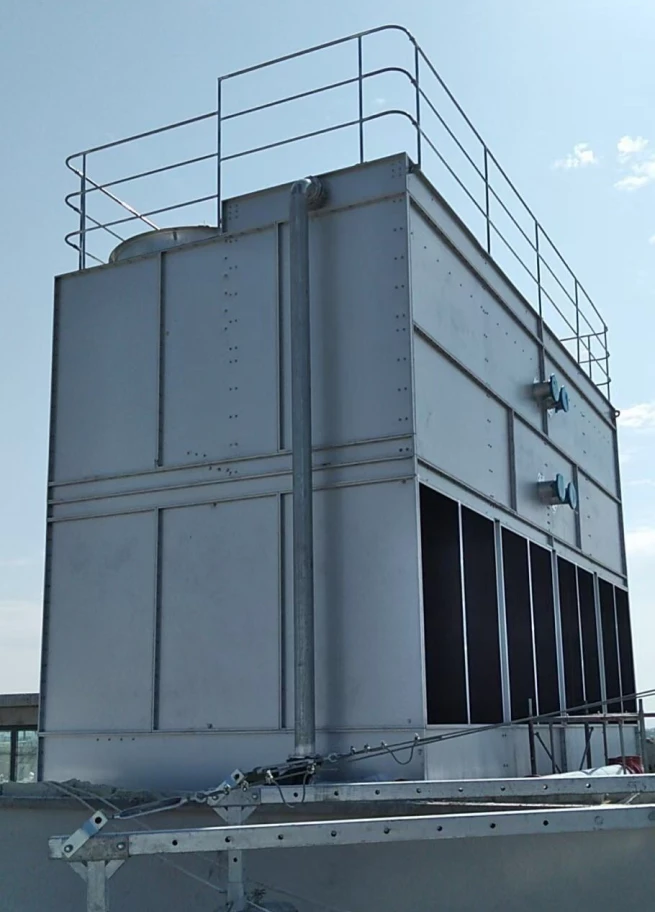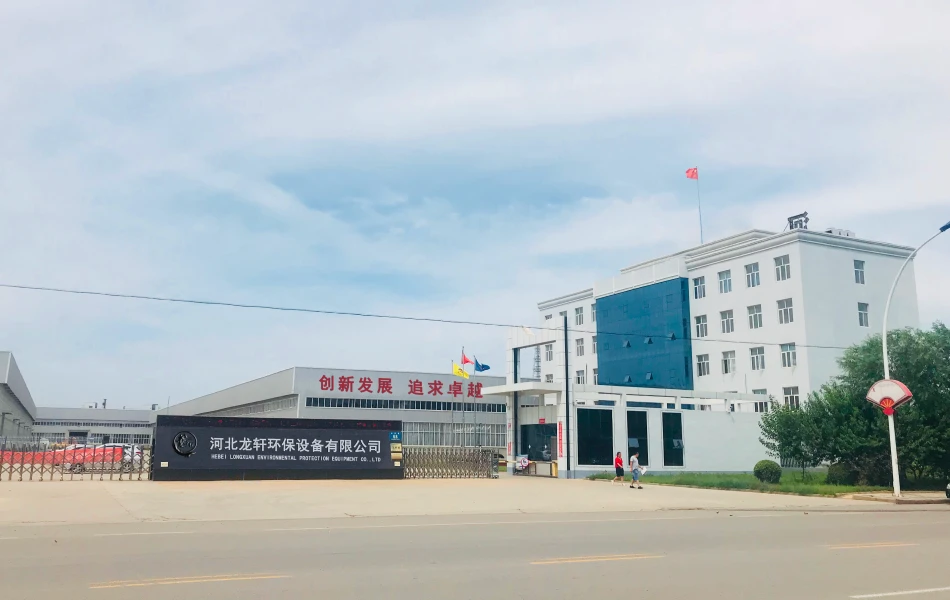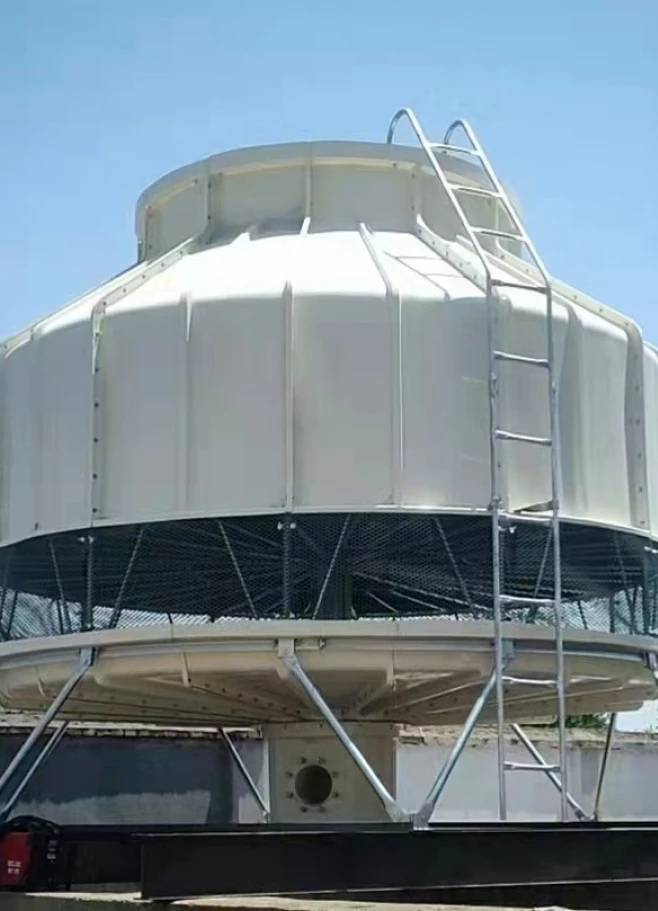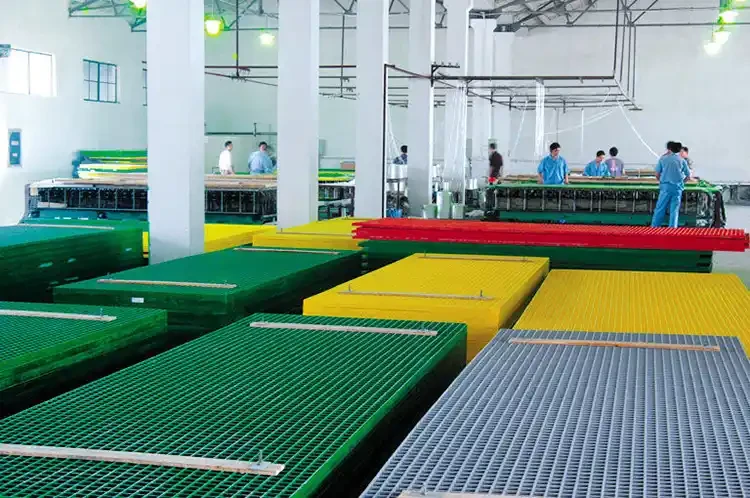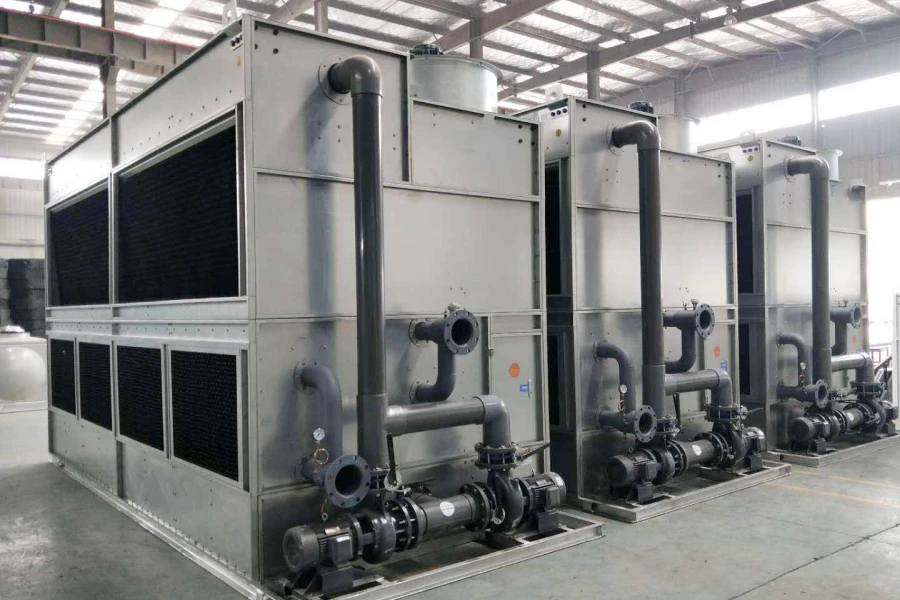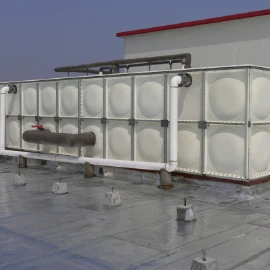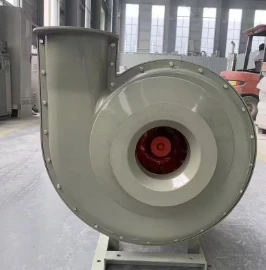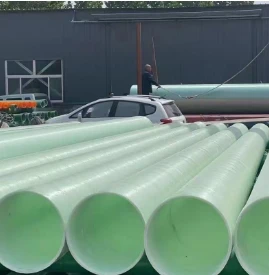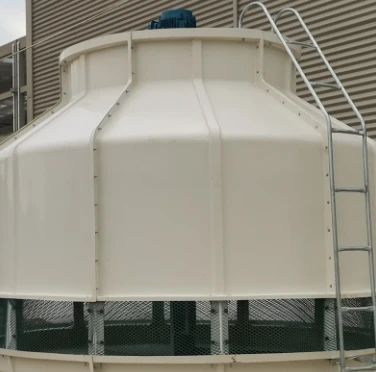

We Are Open 24 Hours a Day, 7 Days a Week, Including Weekends and Public Holidays.
- Market data and adoption patterns for fiberglass reinforced plastic materials
- Technical advantages driving preference over traditional materials
- Supplier evaluation and specification comparison
- Customization options based on application requirements
- Typical implementations across core industries
- Key considerations for procurement and budgeting
- Future industry developments and material innovations
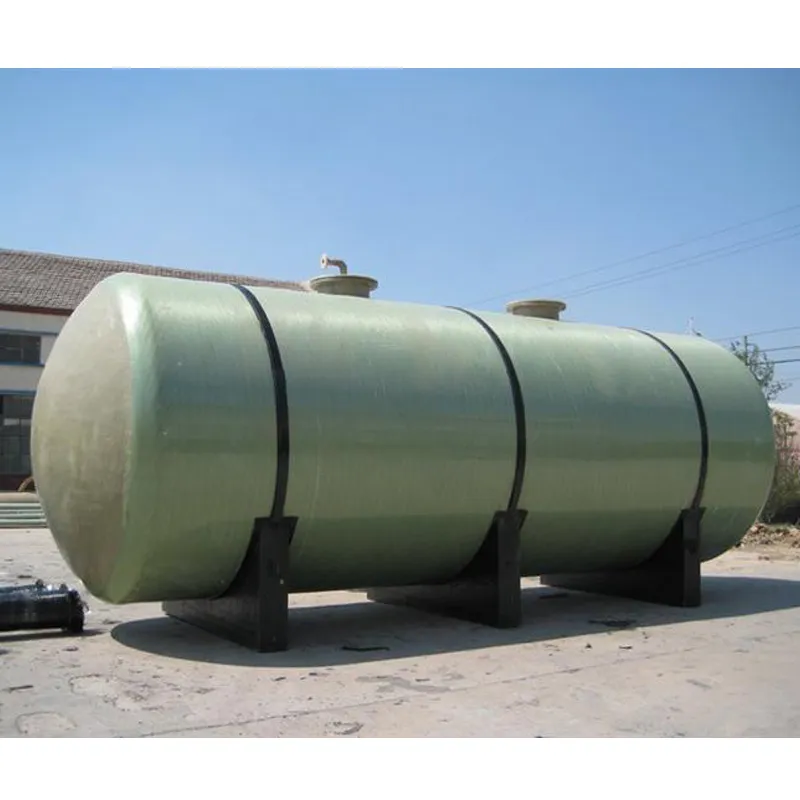
(frp grating)
The Versatile Engineering Solution: Understanding FRP Grating Applications
Fiberglass reinforced plastic grating offers corrosion resistance where traditional steel fails. Chemical plants, marine facilities, and water treatment centers utilize this lightweight structural material for walkways and platforms. With non-conductive properties and slip-resistant surfaces, fiberglass gratings prevent accidents in challenging environments.
Market Growth and Material Performance Statistics
Industrial adoption has increased 42% since 2018 according to Material Science Quarterly. This growth correlates with testing data showing 15-22% longer lifespans versus coated steel in chlorine environments. Annual corrosion costs exceed $2.5 trillion globally, making maintenance reduction critical:
Longevity comparisons in marine settings
- Aluminum: 7-12 years average service life
- Galvanized steel: 10-15 years with coatings
- Stainless steel 316: 15-25 years
- FRP grating: 25+ years without protective treatments
Technical Advantages Driving Preference
Material properties make fiberglass grating ideal for demanding installations. Specific strength-to-weight ratios exceed structural steel by 76%, enabling support of 300 PSI loads with only 17% of metal's weight. The manufacturing process allows resin customization:
Standard formulations include:
- Vinyl ester resists concentrated acids and solvents
- Polyester resins suit general chemical exposure
- Phenolic systems provide fire-rated solutions
All variants maintain dielectric properties eliminating electrical hazards. Molded surfaces incorporate grit textures meeting OSHA 0.5+ slip coefficient requirements.
Supplier Comparison and Specifications Review
| Manufacturer | Lead Time | Standard Mesh Density | Custom Panel Thickness | Chemical Resistance Rating |
|---|---|---|---|---|
| Composite Solutions Group | 3 weeks | 1" x 1/8" | 3/4" to 6" | Class AA (severe) |
| FiberGrid Incorporated | 2 weeks | 1-1/4" x 3/16" | 1/2" to 4" | Class A (strong) |
| PolyTech Industries | 4 weeks | 1-1/2" x 1/4" | 1" to 8" | Class AB (moderate) |
Customization for Application Requirements
Fabricators create tailored solutions for unique structural challenges. Bridge deck replacements often utilize double-layer construction with upper cross rods rotated 45 degrees for vehicular traction. For food processing plants, NSF-approved resins accommodate frequent bleach washing. Standard dimensions include:
- Panel sizes: 3' x 20' maximum
- Load capacities: Light (1,000 PSI) to Heavy Industrial (15,000 PSI)
- Surface textures: Pencil roving, aggregate grit, diamond plate
Electrical substations frequently specify conductive gratings incorporating carbon fibers that dissipate static charges.
Implementation Case Studies
Wastewater facilities represent 32% of installations due to constant moisture exposure. Tampa's Eastern Treatment Plant utilized molded FRP walkways throughout their digesters, eliminating seven tons of structural steel replacements annually. Offshore platforms install non-sparking versions near processing equipment, with PetroCanada reporting 63% maintenance cost reductions over eight years.
Refrigeration plants leverage thermal insulation properties. Arctic Cold Storage's facility (-22°F environment) recorded zero cold-bridging incidents after converting all access platforms to fiberglass grating systems.
Budgeting Guidance for FRP Grating Cost Management
Expect $18-$55 per square foot installed depending on resin formulation and load specifications. Custom fire-rated phenolic grating typically runs 30% above polyester equivalents. However, consider project life cycles: Fiberglass grating costs per square foot become advantageous within 3-5 years due to minimal upkeep. Reputable suppliers provide structural calculations for accurate quotations.
Seasoned procurement managers note fluctuating resin costs impact pricing. For large projects, securing quarterly supplier agreements stabilizes expenditures. Secondary market channels offer surplus inventory at 40-60% discounts for standard industrial grades, verified through material certification paperwork.
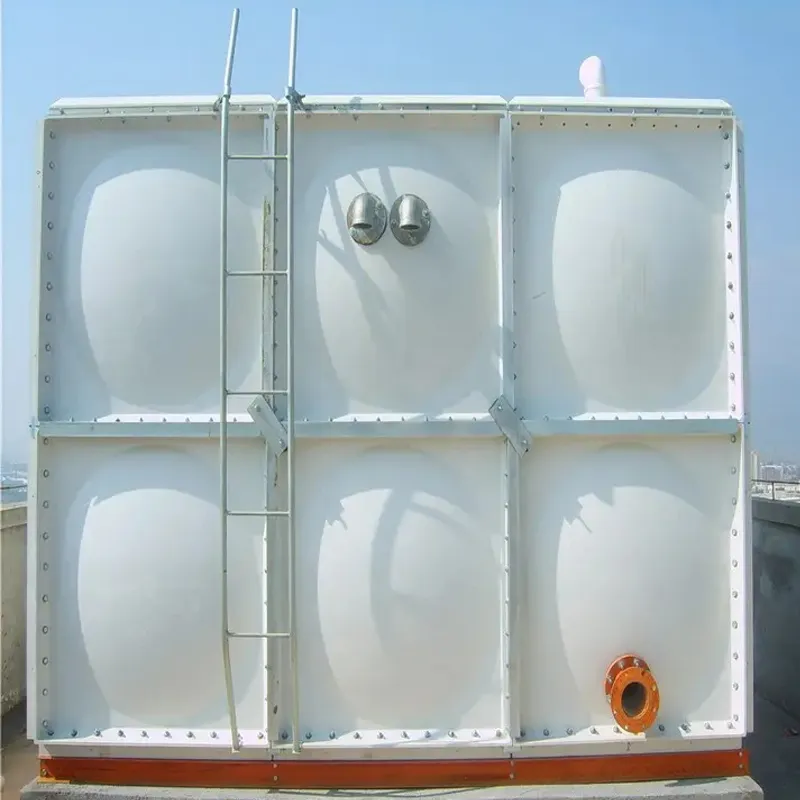
(frp grating)
FAQS on frp grating
Here are 5 FRP grating FAQ sets in HTML format, featuring concise answers within three sentences each:Q: What is FRP grating?
A: FRP (Fiber Reinforced Plastic) grating is a composite material structure made from molded fiberglass and resin. It provides exceptional corrosion resistance and high strength-to-weight ratio. Common applications include industrial platforms, walkways, and corrosive environments.
Q: How much does FRP grating cost per square foot?
A: FRP grating costs typically range between $15 to $50 per square foot. Exact pricing depends on panel thickness, resin type, and load requirements. Custom shapes and fire-retardant grades may increase the price.
Q: Where can I find reliable FRP grating suppliers?
A: Specialized FRP grating suppliers operate globally through industrial distributors and direct manufacturing partnerships. Evaluate suppliers based on material certifications, production capabilities, and project references. Leading suppliers often provide CAD drawings and load calculation support.
Q: Why does FRP grating cost more than steel alternatives?
A: Higher material costs stem from engineered polymers and specialized manufacturing processes. However, FRP offers long-term savings through minimal maintenance, zero corrosion treatments, and extended service life. Installation efficiencies further offset initial costs.
Q: What factors most impact FRP grating pricing?
A: Key cost drivers include resin formulation (polyester, vinylester), mesh density, and panel dimensions. Additional factors are surface treatments (grit top, anti-slip), custom cutting fees, and compliance certifications. Order volume also significantly affects per-unit pricing.





Address
20 Xingyuan South Street, Zaoqiang County, Hengshui City, Hebei Province, China














